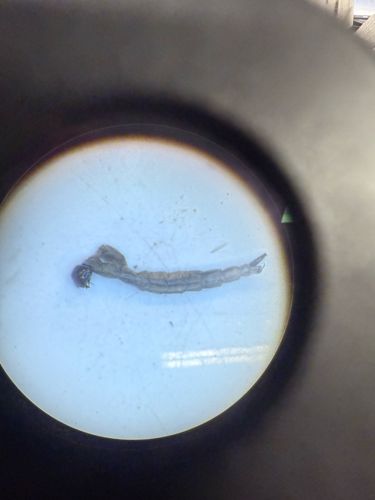Mosquito larva (Wriggler)
Scientific Name: Family Culicidae (larval stage)
Order & Family: Order Diptera, Family Culicidae
Size: Typically 3-10 mm (approximately 0.1-0.4 inches) long.

Natural Habitat
Stagnant or slow-moving freshwater environments such as puddles, swamps, marshes, ditches, rain barrels, old tires, and other containers holding water.
Diet & Feeding
Mosquito larvae are filter feeders, consuming microscopic organisms (algae, bacteria, protozoa) and organic debris suspended in the water.
Behavior Patterns
Larvae spend most of their time in water, often hanging upside down near the surface to breathe through a siphon (respiratory tube) located at their posterior end. They are very active, wiggling their bodies in an 'S' shape to move through the water, which is why they are often called 'wrigglers'. They pass through four larval instars before molting into a pupa.
Risks & Benefits
Potential risks include being the immature stage of mosquitoes, which are vectors for numerous diseases in humans and animals, such as malaria, dengue fever, Zika virus, West Nile virus, and chikungunya. Benefits include serving as a food source for aquatic predators like fish, frogs, and other insects, and contributing to the decomposition of organic matter in aquatic ecosystems.
Identified on: 10/1/2025